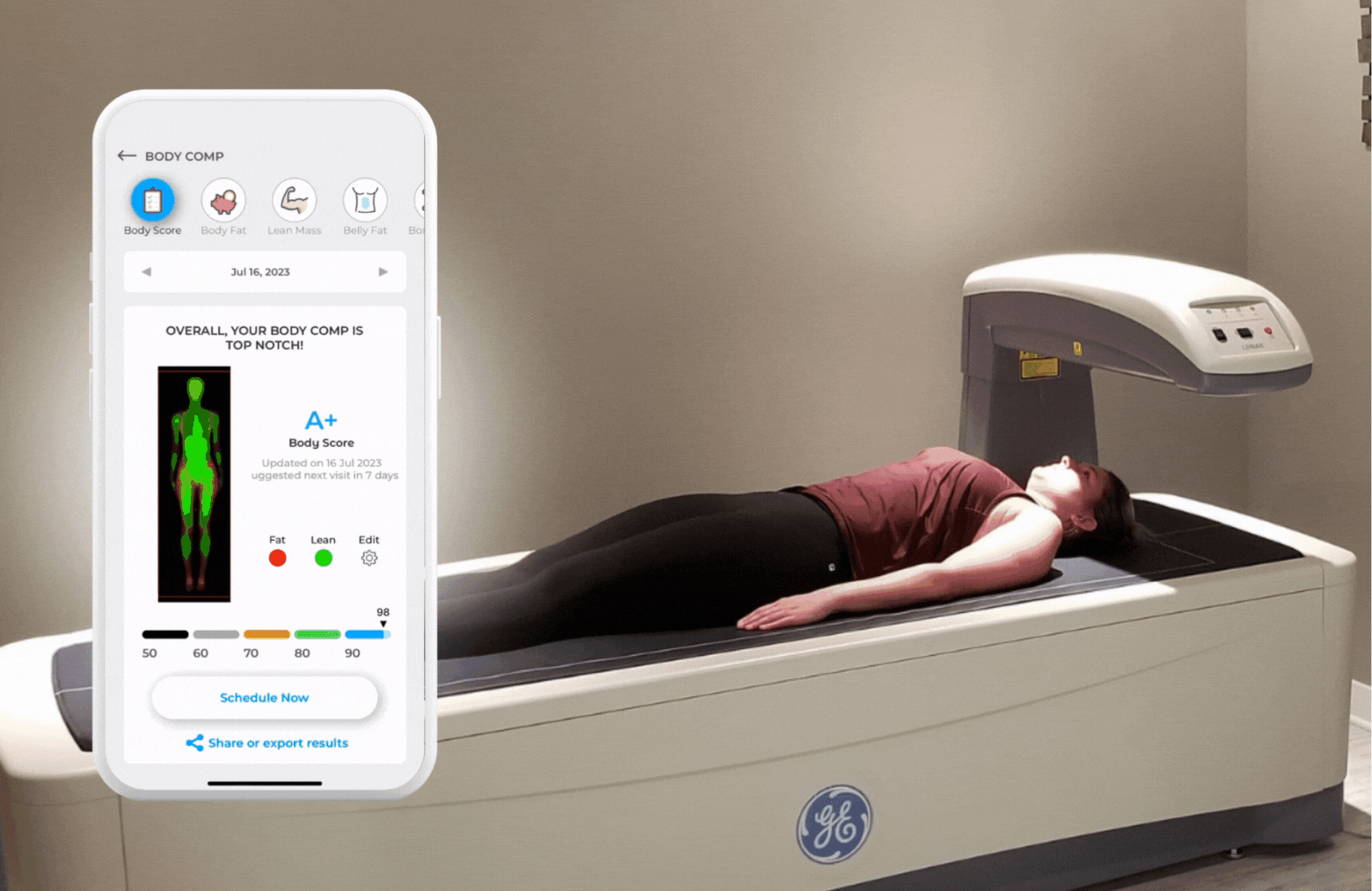InBody Test vs DEXA
The Science of Body Composition: InBody vs. DEXA
In the pursuit of health and fitness, understanding your body composition – the intricate balance of fat, muscle, and bone – is crucial. It's like having a map to navigate your physical well-being. Two popular tools for charting this inner landscape are InBody and DEXA scans. While both offer valuable insights, they differ in their approach, accuracy, and the level of detail they provide.
InBody: A Quick Glimpse into Body Composition
InBody devices, commonly found in gyms and clinics, use bioelectrical impedance analysis (BIA) to estimate your body composition. The process is straightforward: you stand on a scale-like device, grip the handles, and within seconds, you receive a breakdown of your fat, muscle, and water levels.
But how does it work? Imagine your body as a network of roads, with electrical currents as the traffic. InBody sends these currents through your body, and they travel along different paths – some through your feet, others through your legs, torso, and even arms. The speed of these currents depends on the type of tissue they encounter. Muscle, being rich in water, acts as a superhighway, allowing the current to flow quickly. Fat, on the other hand, is more resistant, slowing down the traffic like a winding country road.
By measuring the time it takes for these currents to navigate your body's network, InBody estimates your body composition based on predefined models of fat and lean mass distribution. However, herein lies the limitation. These models assume a consistent level of "marbling" – the intermingling of fat and muscle – across all individuals. In reality, as data from numerous scans reveals, the distribution of fat and lean tissue varies significantly from person to person and is a crucial indicator of health status.
DEXA: The Gold Standard for Precision and Detail
DEXA, or dual-energy X-ray absorptiometry, takes a more sophisticated approach to measuring body composition. It uses low-dose X-ray beams to create a detailed map of your body's fat, muscle, and bone density.
During a DEXA scan, you lie still while a mechanical arm passes over your body, emitting two distinct X-ray beams. These beams interact differently with fat, muscle, and bone, allowing the machine to precisely measure the composition of each tiny volume (called a "voxel") in your body. By summing up these voxels, DEXA provides a highly accurate measurement of your body composition.
DEXA's strength lies in its precision and comprehensive analysis. It directly measures your body composition, rather than relying on assumptions or generalized models. This means that DEXA can accurately assess your unique body composition, regardless of factors like hydration levels or body type.
Moreover, DEXA provides a wealth of additional insights beyond basic fat and muscle measurements. It can assess regional fat distribution (e.g., abdominal vs. hip fat), measure bone mineral density (important for assessing osteoporosis risk), and even quantify visceral fat (the deep, metabolically active fat surrounding your organs).
Why DEXA May Reveal Different Results than InBody
If you've previously measured your body composition with InBody and were surprised to see different results on your DEXA scan, it's important to understand why.
InBody's reliance on bioelectrical impedance and generalized models can sometimes lead to underestimation of body fat, especially in individuals with unique body compositions or higher levels of "marbling". Just as a hand-drawn map might miss the nuances of a landscape, InBody's estimates can overlook the intricate distribution of fat and muscle in your body.
DEXA, by directly measuring and visualizing fat, muscle, and bone, provides a more accurate and personalized assessment. It's like upgrading from a sketch to a high-resolution satellite image – revealing the fine details and contours that make your body unique.
Empowering Your Health Journey with DEXA
In the realm of health and fitness, knowledge is power. The more accurate and comprehensive your understanding of your body composition, the better equipped you are to make informed decisions about your well-being.
DEXA's precision and detailed analysis allow you to set meaningful goals, track progress, and fine-tune your nutrition and exercise strategies. It provides a level of clarity and personalization that can be incredibly valuable on your health journey.
While DEXA scans may be more expensive and less widely available than InBody assessments, the insights they provide can be transformative. For athletes, individuals managing health conditions, or anyone seeking a deep understanding of their body composition, DEXA is a powerful tool.
AI Meets DexaFit’s DEXA scan
While DEXA scans are widely recognized for their accuracy and detailed analysis, DexaFit's DEXA scan takes this a step further by integrating advanced artificial intelligence (AI) into the process. This integration enhances the already precise measurements of body composition by providing more sophisticated data interpretation and personalized insights. AI algorithms analyze the scan data to identify patterns and trends that might be missed by standard DEXA scans, offering deeper insights into areas such as metabolic health, muscle quality, and fat distribution. Moreover, DexaFit's AI-driven approach can compare your results with extensive databases to provide benchmarks and predictive analytics, helping you to understand not just your current state but also potential future outcomes based on your health trajectory. This fusion of cutting-edge technology and comprehensive analysis makes DexaFit's DEXA scans a powerful tool for anyone serious about optimizing their health and fitness journey.
DexaFit DEXA Scan with ai enhanced results
Conclusion: Choosing the Right Tool for Your Journey
Ultimately, the choice between InBody and DEXA depends on your goals, budget, and access to these technologies. InBody offers a quick and convenient way to get a general sense of your body composition, which can be helpful for tracking progress over time.
However, if you're looking for the most accurate, comprehensive, and personalized assessment, DEXA is the gold standard. Its precision and detailed analysis can provide invaluable insights to guide your health and fitness journey.
Regardless of which method you choose, remember that body composition is just one piece of the puzzle. It's a powerful tool for self-discovery and informed decision-making, but it's not the whole story. True health and well-being come from the habits you build, the choices you make, and the life you lead.
So, whether you opt for the convenience of InBody or the precision of DEXA, use that knowledge as a catalyst for positive change. Let it inspire you to nourish your body, move with purpose, and cultivate a mindset of self-compassion and growth.
In the end, the most powerful tool for transforming your health is not a machine or a number, but the strength and resilience within you. By combining the insights of body composition analysis with a commitment to self-discovery and self-care, you can unlock your full potential and chart a path to a healthier, happier you.



